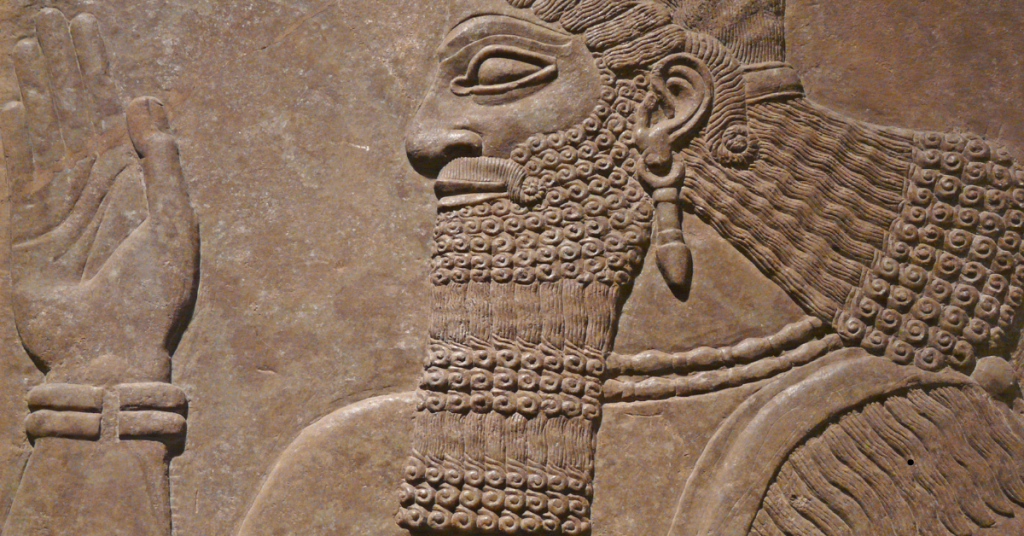Introduction:
Ancient artz holds a significant place in the history of human culture. This term encompasses the rich variety of artistic expressions that have been created by ancient civilizations across the globe. Whether through paintings, sculptures, or intricate designs, ancient artz offers a glimpse into the values, beliefs, and daily life of early human societies. In this article, we will explore the evolution of ancient artz, its significance, and how it continues to inspire contemporary artists and art lovers today.
What is Ancient Artz?
Ancient artz refers to the artistic works produced by early civilizations, spanning from the prehistoric period to the end of the classical era. It includes a wide range of artistic expressions such as cave paintings, pottery, sculpture, architecture, and more. Ancient artz served not only as a form of aesthetic expression but also as a way to communicate cultural stories, religious beliefs, and social structures. It was deeply intertwined with the spiritual and everyday lives of ancient people, often reflecting their relationship with nature, gods, and the cosmos.
The term “artz” refers to the broad spectrum of creative works produced by ancient cultures, each with its own distinct style and materials. From the Egyptian pyramids to the intricate mosaics of Ancient Greece, ancient artz reveals the diversity and richness of human creativity throughout history.
The Origins of Ancient Artz
The origins of ancient artz can be traced back to the dawn of human civilization. Early humans began creating art around 40,000 years ago, primarily through cave paintings and carvings. These early artistic expressions were not only a means of communication but also a way to express spiritual and cultural beliefs.
1. Cave Paintings
One of the earliest forms of ancient artz is the cave paintings found in various parts of the world. These paintings, such as those discovered in Lascaux, France, and Altamira, Spain, depict animals, human figures, and abstract patterns. Early humans likely created these paintings as part of ritualistic practices, possibly to ensure a successful hunt or to invoke spiritual protection.
2. Sculpture and Pottery
As human civilization evolved, so did the complexity of ancient artz. Early sculptures, such as the Venus figurines, were made from stone, bone, and clay. These small figurines were often used in religious or fertility rituals. Pottery also became a significant form of ancient artz, with early civilizations creating beautifully decorated ceramic vessels, which were not only practical but also showcased their artistic skills.
Significance of ancient artz in Early Civilizations
Ancient artz played a pivotal role in the development of early civilizations. It was not just a form of personal expression, but a way to communicate religious beliefs, social hierarchies, and cultural values. Different civilizations, from the Egyptians to the Greeks and Romans, left behind a rich legacy of art that continues to shape our understanding of their way of life.
1. Egyptian Artz
Ancient Egyptian art is perhaps one of the most iconic examples of ancient artz. The Egyptians developed a unique style characterized by bold lines, bright colors, and symbolic representations. Their art often depicted gods, pharaohs, and scenes of daily life, with each figure carefully positioned according to strict rules. Egyptian art was highly symbolic, with specific colors and poses conveying particular meanings. The art was created to honor the gods and ensure the afterlife of the deceased.
2. Greek and Roman Artz
Greek and Roman art, particularly in the classical period, focused on the human form and idealized representations of the human body. Sculptures such as the Parthenon marbles and Michelangelo’s David are prime examples of ancient artz that celebrate human beauty and strength. Greek art evolved from the stylized forms of the Archaic period to the more naturalistic works of the Classical period, culminating in the Hellenistic era, where emotion and movement were captured with remarkable realism.
Roman art, heavily influenced by Greek aesthetics, focused on portraiture and realism. The Romans excelled at creating detailed busts of emperors and important figures, preserving their likenesses for posterity.
3. Mesopotamian Artz
The art of Mesopotamia, often considered the cradle of civilization, was centered around storytelling and symbolism. Ancient artz in Mesopotamia, such as the famous Standard of Ur and the Ishtar Gate of Babylon, depicted the gods, kings, and military victories of the region. Mesopotamian art was not only decorative but also functional, with many artifacts serving as political or religious symbols.
The Influence of Ancient Artz on Modern Art
The influence of ancient artz is still evident in contemporary art today. Modern artists continue to draw inspiration from the techniques, themes, and styles developed by ancient civilizations. Many contemporary artists look to ancient artz to explore universal themes such as human nature, spirituality, and the passage of time.
1. Inspiration for Modern Architecture
Architects frequently reference ancient artz in their designs, using elements from ancient Greek and Roman buildings, such as columns, arches, and domes, in modern structures. The emphasis on symmetry, balance, and proportion in classical architecture continues to influence the way we design public buildings, museums, and even private homes.
2. Revival of Ancient Techniques
In addition to inspiration, there has been a revival of ancient art techniques in modern times. Many artists today study and recreate the methods used in ancient artz, such as fresco painting, mosaic-making, and bronze casting. These techniques are often seen in exhibitions that celebrate the craftsmanship and artistry of ancient civilizations.
3. Symbolism and Themes
The symbolism found in ancient artz continues to resonate with modern audiences. Themes of life, death, love, and war, as well as representations of gods and mythological creatures, are still common in contemporary art. Many artists incorporate these timeless themes into their works, finding new ways to express the human experience.
Preserving the Legacy of Ancient Artz
The preservation of ancient artz is crucial to understanding the past and appreciating the cultural richness of early civilizations. Museums, galleries, and archaeological sites around the world house collections of ancient artz that allow visitors to connect with history in a tangible way. Efforts to preserve ancient artworks, whether through conservation or digital restoration, ensure that future generations can continue to experience and learn from the masterpieces of the past.
Conclusion
Ancient artz is not just a historical curiosity; it is a testament to the creativity, skill, and beliefs of early human civilizations. From cave paintings to grand sculptures and architectural wonders, ancient artz provides a window into the past, revealing the stories and values of ancient peoples. The influence of ancient artz can still be seen in modern art and architecture, proving that the legacy of these ancient cultures is timeless. As we continue to study and appreciate ancient artz, we gain a deeper understanding of our shared human history and the power of art to transcend time and place.


